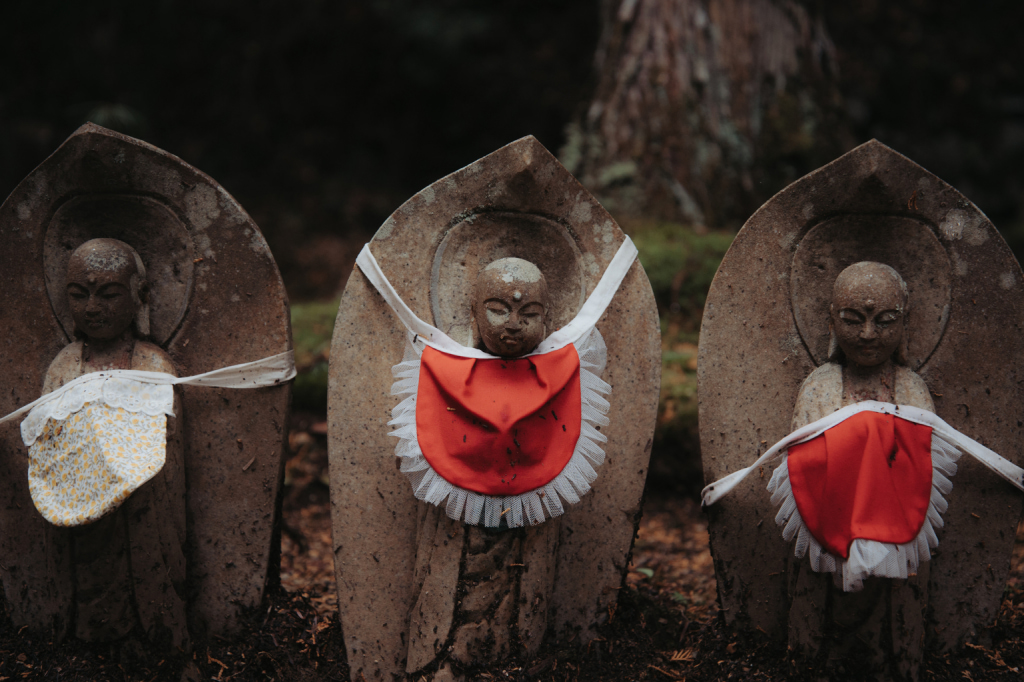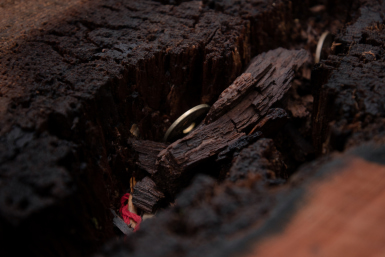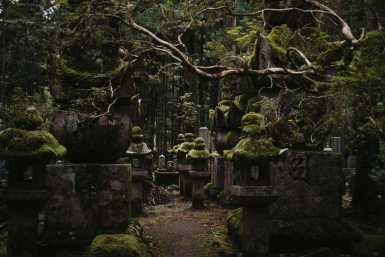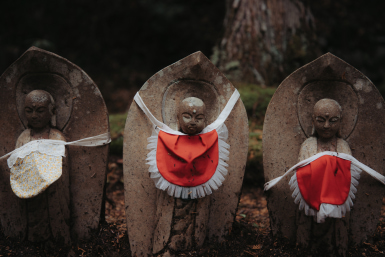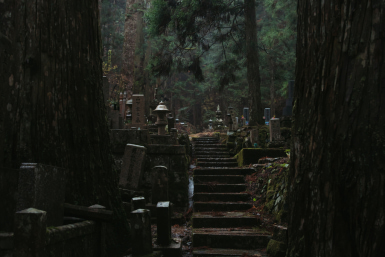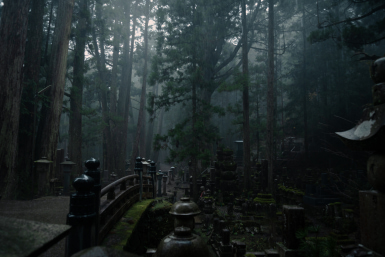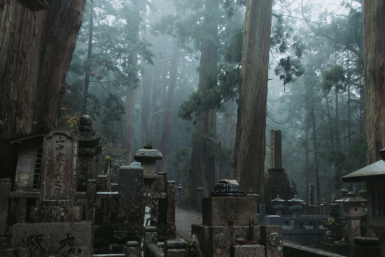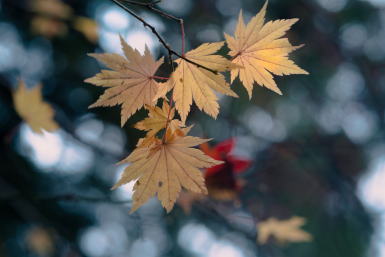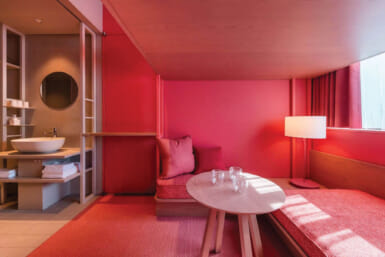As we began the ascent towards Mount Koya, the small provincial farmhouses and fields of ripe persimmon trees, plump and juicy ready for the autumn harvest, began to fall behind us. The roads tightened and squeezed as the mountain’s greenery crept closer; a gentle mist starting as the sun disappeared behind some looming storm clouds.
Mount Koya is considered the epicenter of Shingon Buddhism. Over the past 1,200 years, it has grown into a sprawling complex of over 100 religious sites, including the enormous Okunoin Cemetery, home to 300,000 tombs spread across two kilometers.
Shingon Buddhist teachings arose during the Heian Period (794-1185) when Buddhist monk Kukai (posthumously named Kobo Daishi) traveled to China to study Esoteric Buddhism. After returning to Japan, he collated his teachings into a cohesive doctrine that would become the basis for his school and emerged from obscurity to become an important religious public figure in Japan.
Kobo Daishi died at the age of 62. Instead of receiving a traditional cremation, he was entombed on the eastern peak of Mount Koya. Many years after his death, the tomb was opened by monks, and to their surprise, his complexion remained unchanged and his hair was longer. It’s believed that Kukai did not die, but entered into an eternal meditative trance.
The mist swirled around us as we entered the cemetery, Ichinohashi Bridge marking our entrance from the mundane to the sacred. As we wandered deeper into the cemetery, towering cedar trees and thousands of five-tiered stupas carpeted in thick, green moss gave an overwhelming feeling of mystery and divine presence.
The storm clouds raged above us and it began to pour with rain. Cold and saturated, we sought shelter beside a small wooden shrine, giving us the opportunity to really take in the vastness of the cemetery. As we waited for the rain to stop, I noticed a deep ancient well beside me. As I peered over the edge, all I could see was my reflection.
We returned to our accommodation and prepared for the cemetery night tour. We met our guide, a monk from a local temple, and entered the forest in the depths of the night. With only the stone lamps to guide our way, the monk told us stories about the cemetery and the life of Kobo Daishi. We crossed Gobyobashi Bridge into the inner sanctum towards Kobo Daishi’s Mausoleum where we finished the tour by praying at his resting place.
On the way back, we walked past the shrine that kept us safe during the storm. The monk slowed down and gestured towards the shrine saying: “It’s said you will die imminently if you look down that well and can’t see your reflection.”

